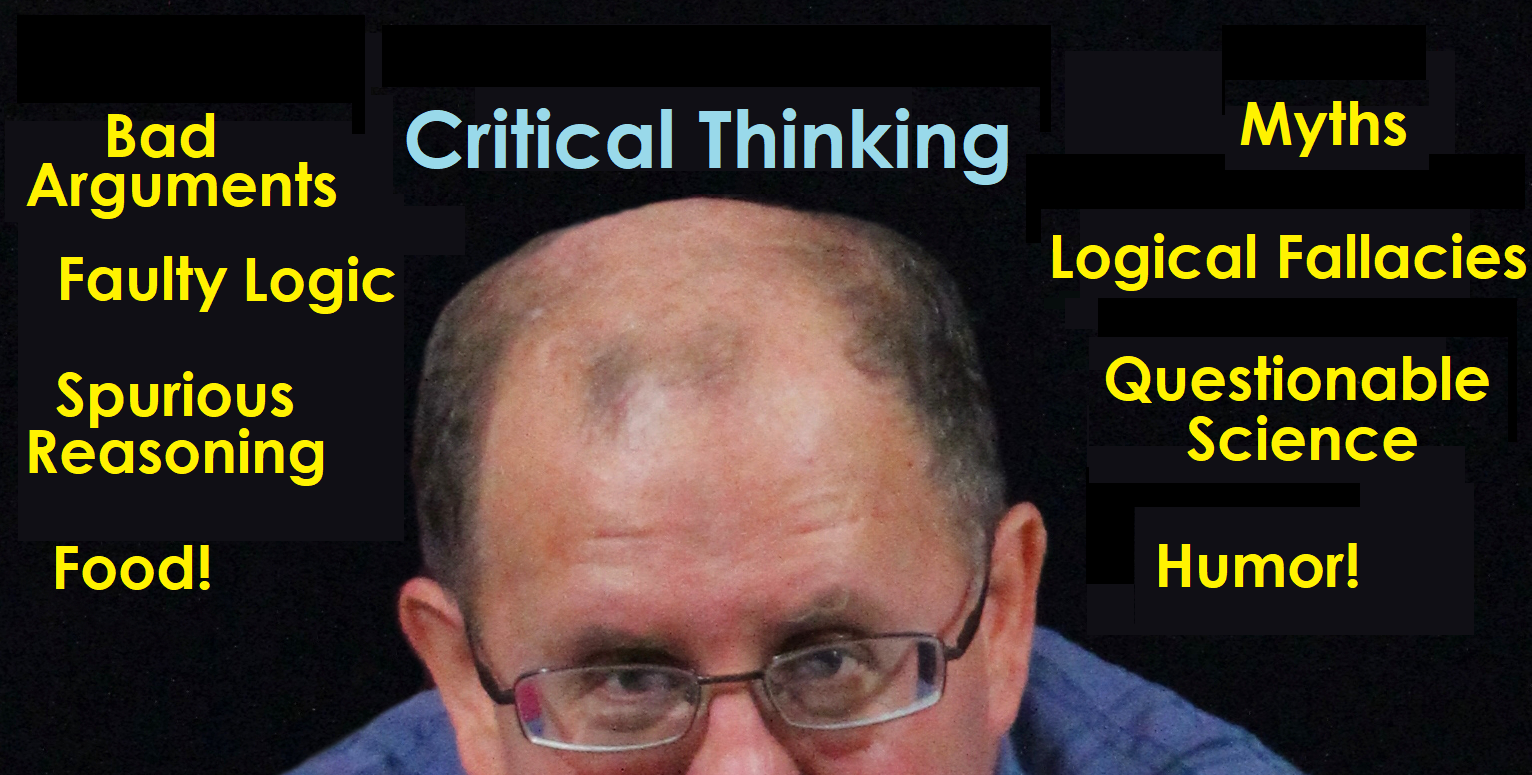Let’s start off with a bit of a question. But first we’ll need to make a little assumption. That is that you have a hovercraft. Bear with me here, it’ll make sense. Besides, who wouldn’t want a hovercraft? No more worrying about potholes, wet or icy roads, snow. Heck, would you even really need a road? I mean, you can hover! Where was I? Right, you have a hovercraft and I need to ask you a question. How do you change the tires on a hovercraft?
It’s a simple question. How would you change the tires on your hovercraft? Go ahead, consult the owner’s manual if needed, I’ll wait. I can take the time to search for deals to buy my own. What’s that, you say you read the manual from cover to cover and there is nothing about tires in it? Odd, but the question remains, if you get a flat, what do you do? Why are you getting red and starting to shake trying to answer this simple question? What’s that about hovercraft not having tires?
OK, let’s ease it back before anyone gets too frustrated. This odd setup is an example of a meaningless question. A meaningless question is exactly the type of thing an overly smug philosophy student often likes to ask (see me back in my teens and twenties for proof). These are questions that while they sound interesting and important cannot actually have an answer. At one point I was all into logic problems like this and thought they were the rage. Luckily it wore off and I see them more as nuisances than anything else.
There are lots of examples of these in common knowledge like: What is the sound of one hand clapping or What would happen if you turned on a flashlight while traveling at the speed of light - just to name a few. If we unpack these questions we’ll see why they have no answer. In the first question, clapping is generally considered bringing your hands together to make a noise and two hands is implied. So, one hand cannot clap. Therefore, it’s meaningless. The second question sounds like an interesting science experiment but if we think about it, nothing with mass can travel at the speed of light which means a flashlight could never travel at light speed. Again, that makes the question meaningless.
Outside of their interest as a bit of logic, I often see these meaningless questions used to confuse or derail and argument. Perhaps we’re discussing what the theoretical top running speed of a human being is. We’re considering optimal stride length, foot shape, body size and weight etc trying to come up with a formula. Then a smug person has to ask “Well, how fast can a person without legs run?” Then they state that since we can’t answer that we can never come up with a top speed. In effect they are trying to argue that since we can’t answer a question that has no answer then anything we say is wrong. Really, their question has no place and we can ignore it.
Meaningless questions can also take the form of a paradox. A classic example reads something like “What if an irresistible force met an immovable object?” If we take this statement apart we can see the paradox. If a force is irresistible then nothing can stop it so an immovable object cannot exist. Conversely, if there is an immovable object then we can’t have an irresistible force. The definition of each negates the other. One more interesting part of this paradox is to realize that an immovable object is essentially an irresistible force. If it’s one object, then it can’t meet itself. Instead of giving ourselves an aneurism trying to answer this question, we can instead say it’s a paradox and these things cannot exist together (or meet if they are one object). Then we can use all that extra time to go hovercraft shopping.
At this point I hope you can see what makes these questions truly meaningless. If we are presented with a question that has no answer then we don’t have to supply an answer. If we don’t answer it’s not a failing on our part, in fact not having an answer is the whole point. Go ahead, deconstruct the questions you get and see if they have a paradox or some other impossibility. If they do, file them under maybe fun but not useful and walk away. There are far better ways you can spend your time. Like whether or not to get the undercoating on that new hovercraft.















